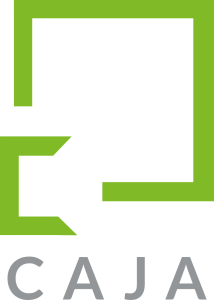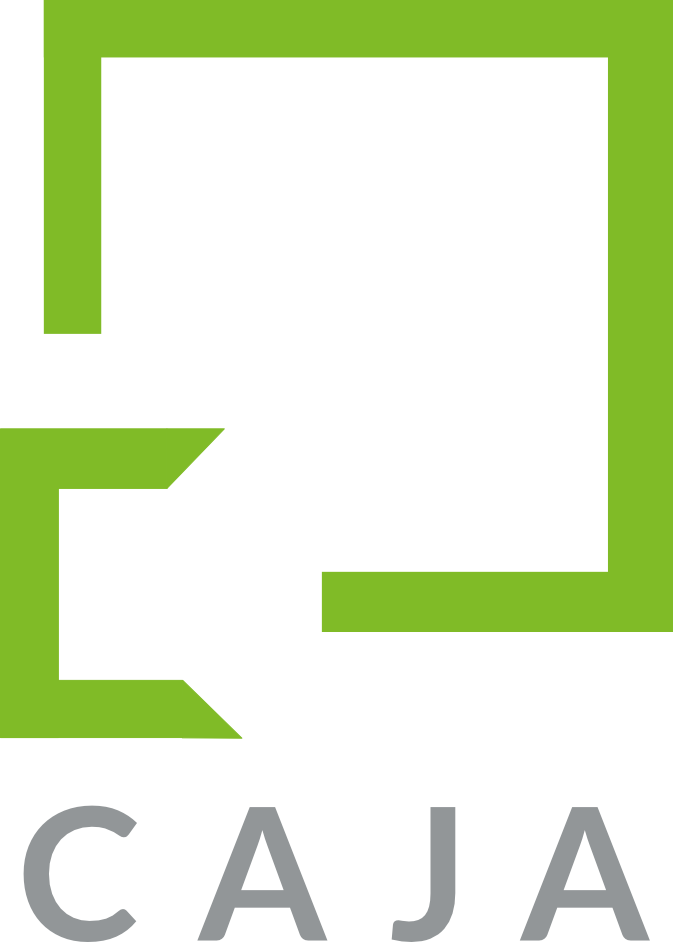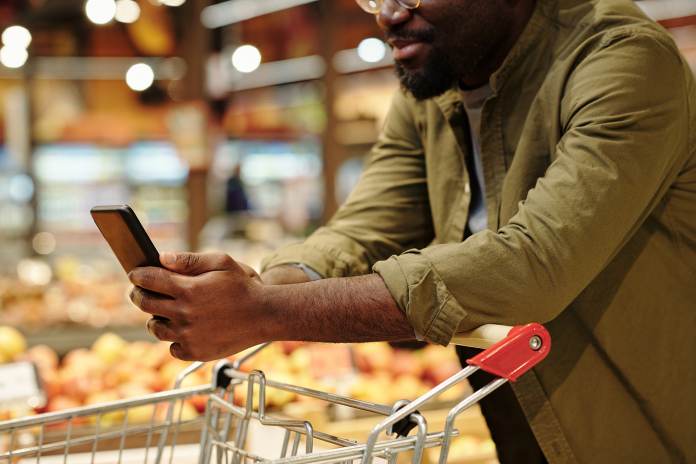Imagine this scenario. You wake up on a Sunday morning, ready to enjoy your favourite cup of organic coffee and to your absolute horror; you have run out. “Nothing to worry about”, you mutter under your breath and grab your keys, heading to the supermarket. Little did you know you are about to experience a Sunday morning double whammy. Recent global supply chain challenges mean your supermarket has also run out of your favourite coffee. “It’s all good, take a deep breath”, you reassure yourself in an attempt to avoid a Sunday morning mental breakdown, which some suggest can be the worst kind of a breakdown, and decide to have a look at the other choices available. Only to be faced with the following sight:
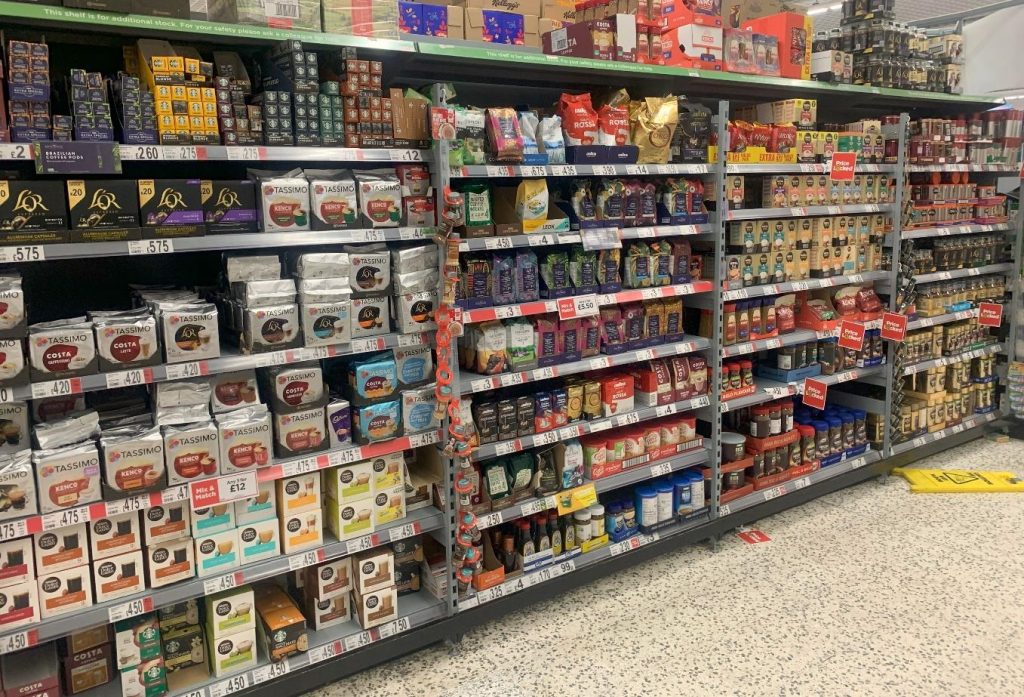
So, what do you choose? You know what you like, but you are now confronted with a variety of new options. Should you choose single origin? Low or high altitude growth? Washed or natural? What about the roasting? There are options for a light, medium and dark roast. Are you going for filtered, espresso, capsules or instant? And, equally important for the modern environmentally conscious consumer, which coffee certification should you trust? FairTrade, UTZ, Rainforest Alliance, 4C Association, USDA Organic? Should you go with a well-known brand, an artisan roastery (yes, they also sell them in supermarkets now!), or simply a value brand?
The absolute horror! The choice is ample, of course, as it should be in a hyper-capitalistic consumer market. Afterall, more choice is always better for the consumer. Or is it?
For years economists, marketers, and even politicians (anyone remember Thatcher’s TINA dogma?) insisted that there is no such thing as too much choice and the more options we as consumers have, the better we can
accommodate our diverse range of needs, and the more efficient economies become through competition. But navigating a sea of choice implies optimal decision making from our side, as well as a superhuman ability, willpower, and mental/cognitive capacity to weight every single option and decide which one is best for us. And if research on this topic has revealed anything over the past 40 years, is that human beings are far from being in the possession of such skillset.
This concept of the rational economic actor, who always makes optimal choices that maximise their personal value, has been challenged, if not partially debunked, particularly by the work of Daniel Kahneman and Amos Tversky [1, 2], who, among other researchers, have highlighted the limitations of our decision-making processes. What is even more interesting is what researcher found in the early 2000’s around consumer perception and experience when presented with a multitude of choices [3]. In a food store, researchers conducted two testing sessions, one with 26 different samples of jam and another with only 6 samples. While the former session attracted 60% of shoppers, it generated only 3% of sales, while the latter attracted less shoppers (40%) but managed to generate 30% in sales. Take that neo-liberal TINAs!
Joking at the expense of the uber-capitalists aside, this phenomenon is what psychologist Robert Schwartz described as the Paradox of Choice in his famous 2004 book [4]. Schwartz suggested that the abundance of options on offer can have a counter effect, which hampers consumers’ ability to make a decision and leads to deriving less happiness and satisfaction from their choices. Although this choice overload is a well-established phenomenon, some have suggested that its effects can, to a certain extent, be mitigated either when someone is knowledgeable in the area they are making a choice in or with the effective and adequate presentation of information when the choice is being made [5]. This final point is rather relevant in the current market of environmentally aware consumers and their demand not only for “green” practices and credentials but for more transparency and informative labelling. Hence, one would assume that providing such information to the modern consumer will help them avoid the Paradox of Choice and make optimal decisions that fulfil their contemporary needs while also building brand trust. Well, not necessarily.
My own research [6] examined this hypothesis by presenting different amounts and formats of traceability information for an organic coffee product to consumers (now the opening scenario makes more sense!) and examining their willingness to buy it, as well as their perception and valuation for each format. Despite the varying level of additional product information and visual elements in my study, participants willingness to buy and product perception was identical across all conditions, with the same pattern emerging even when accounting for their level of environmental awareness. The findings of this study suggest the presence of what I termed as an equation effect, in which the plethora of existing traceability certifications seems to have equated their value and purpose in the eyes of the consumer, who might consider them “all the same”, even when providing them with all the necessary cues that they are not. Hence, although choice overload will lead one to inaction, even the provision of additional information can give rise to the equation effect and a consumer indifference that leads to bad choices.
What’s the solution to this, I hear you ask? Well, understanding how people perceive and interpret product information, in general, and issues of sustainability and green consumption, in particular, is a topic of great importance in this day and age and one that expands well beyond buying coffee on a Sunday morning. It involves rethinking how business operations are managed and ways of product differentiation and consumer perception.
Here at CAJA, we have both the academic foundation as well as the practical application experience to help you answer questions on suitability and how to optimally engage your customers in transitioning to the new “green” industrial revolution. Why not get in contact with us to learn more!
Reference
1. Tversky, A., & Kahneman, D. (1974). Judgment under Uncertainty: Heuristics and Biases: Biases in judgments reveal some heuristics of thinking under uncertainty. science, 185(4157), 1124-1131.
2. Kahneman, D., & Tversky, A. (1984). Choices, values, and frames. American psychologist, 39(4), 341.
3. Iyengar, S. S., & Lepper, M. R. (2000). When choice is demotivating: Can one desire too much of a good thing?. Journal of personality and social psychology, 79(6), 995.
4. Schwartz, B. (2004). The paradox of choice: Why more is less. New York.
5. Scheibehenne, B., Greifeneder, R., & Todd, P. M. (2010). Can there ever be too many options? A meta-analytic review of choice overload. Journal of consumer research, 37(3), 409-425.
6. Dionysis, S., Chesney, T., & McAuley, D. (2023). Blockchain traceability certification for organic coffee: A study of multiple labels and consumer preferences. International Journal of Consumer Studies, (in preparation).
